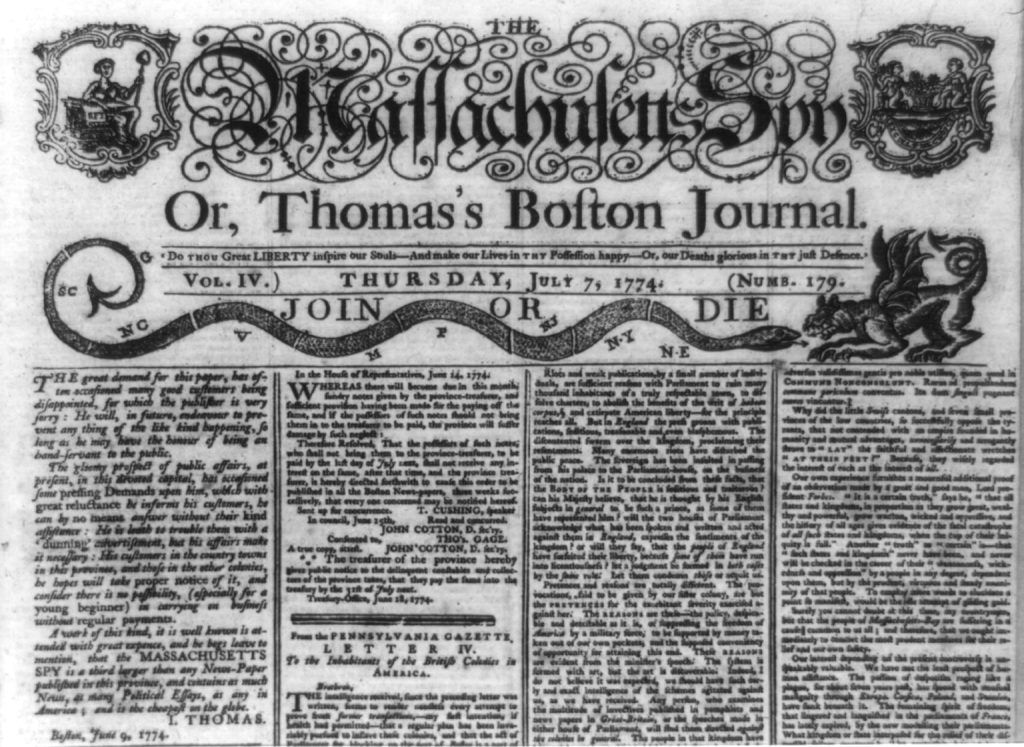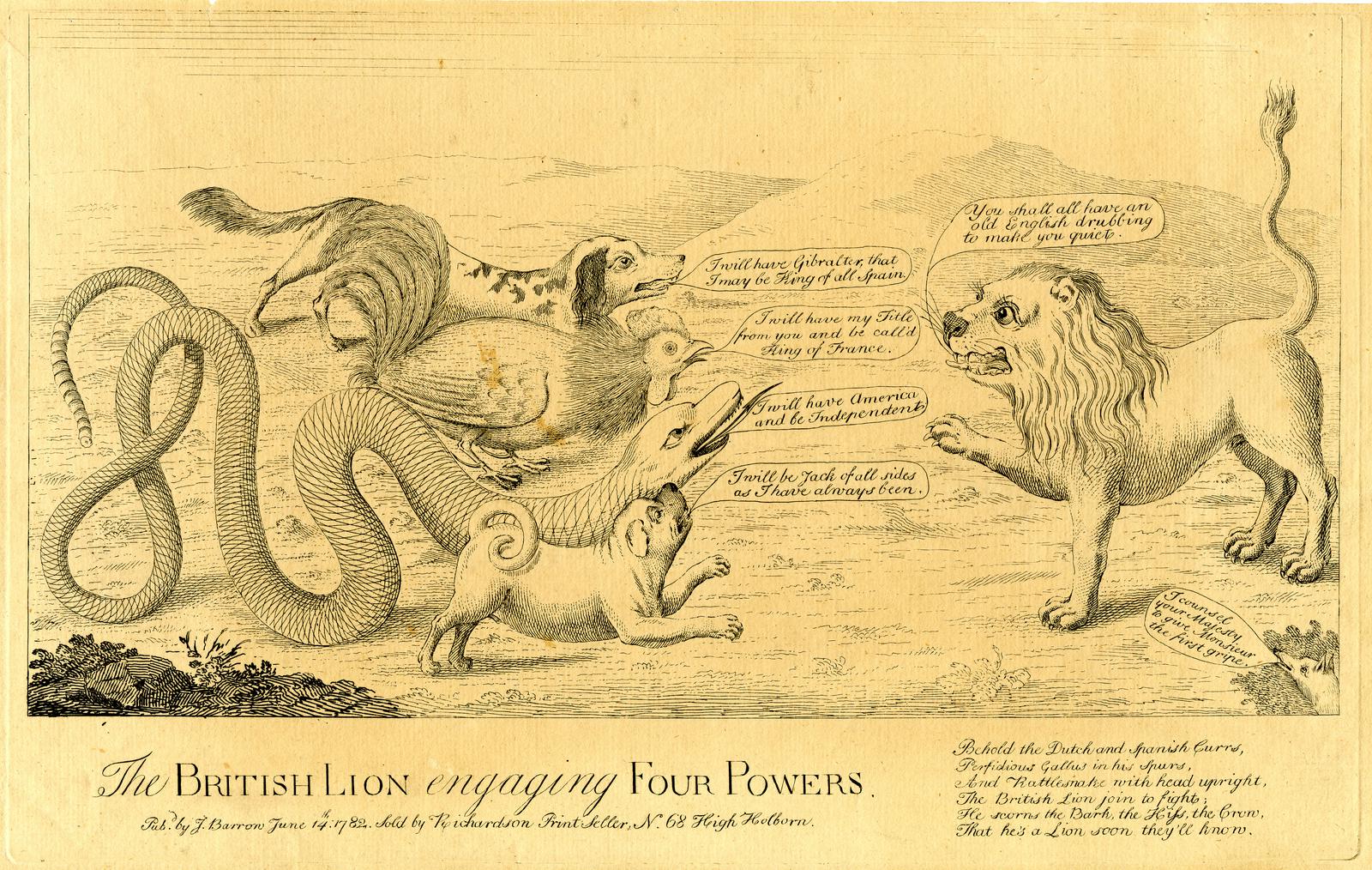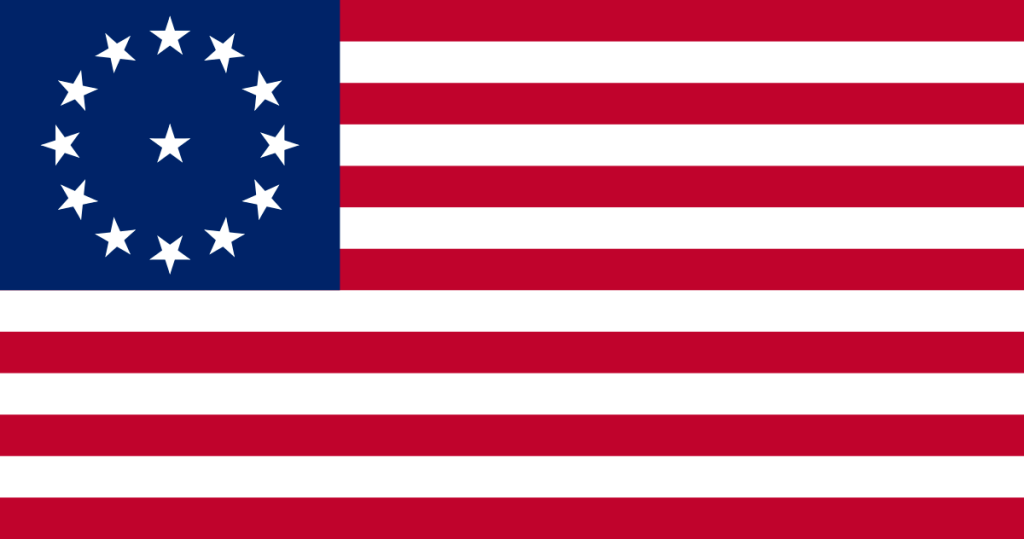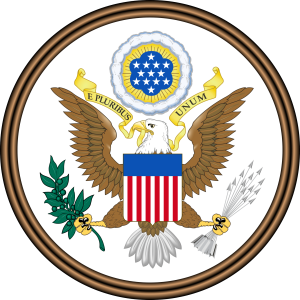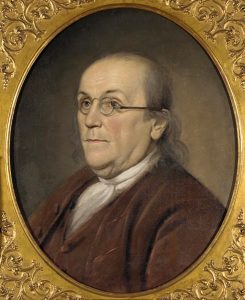Contents
Contents
During the American Revolution, the colonists used different symbols to inspire troops, encourage unity, and promote the righteousness of their cause.
In this article, we’ve discussed some of the most popular symbols of the Revolutionary War, and explained what they meant, and how they were used.
The Rattlesnake
In 1754, Benjamin Franklin published what’s considered to be America’s first political cartoon in the Pennsylvania Gazette.
It showed a rattlesnake cut into eight pieces, representing the colonies of the United States. Beneath this read the text “JOIN, OR DIE” – encouraging the colonies to band together.
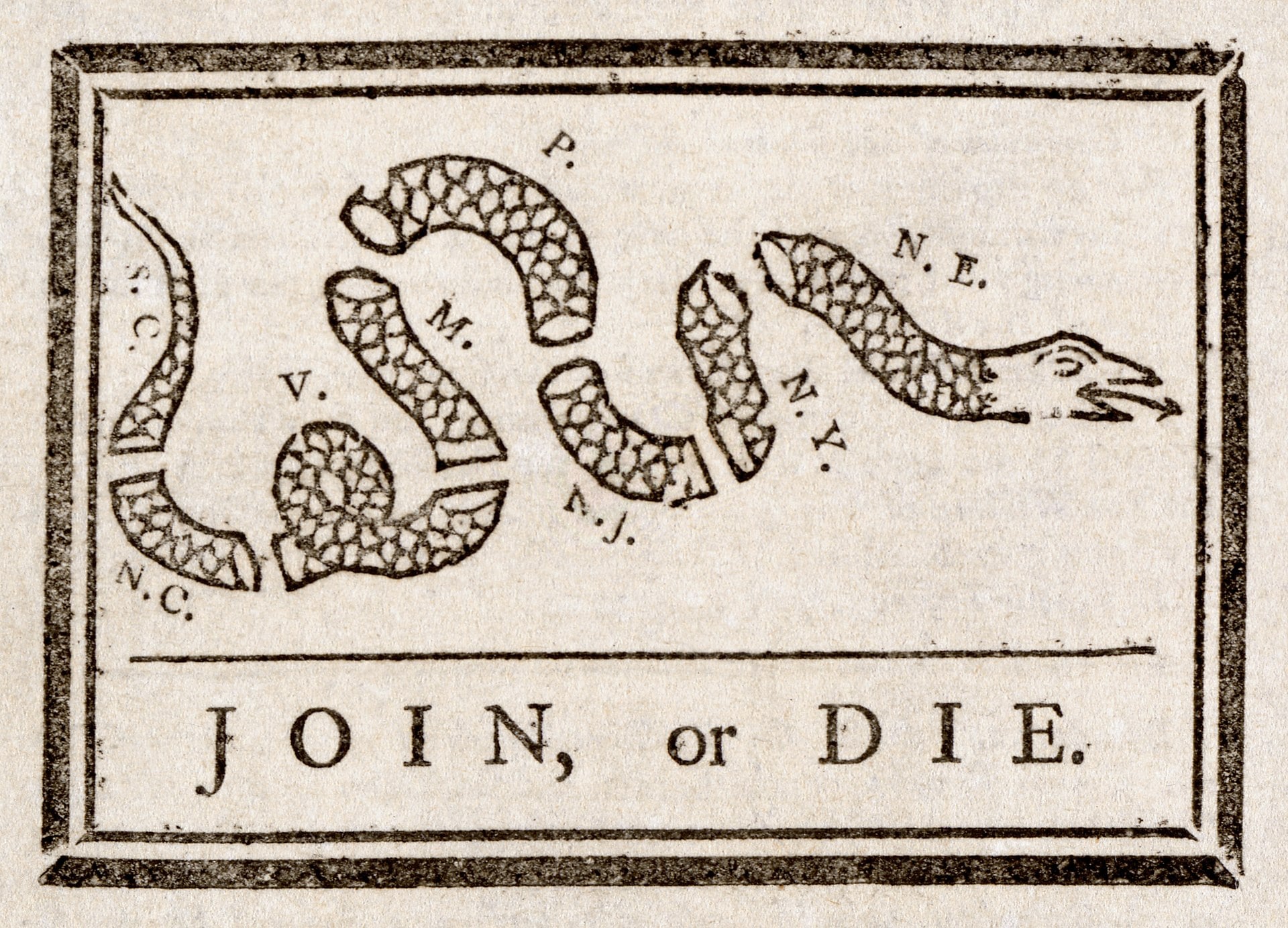
Although this cartoon was a commentary on the colonies’ response to the French and Indian War, the symbolism of the rattlesnake continued to be used throughout the revolution.
The snake symbolized colonial unity in America, especially given that this creature is only found in the New World. But it also represented self-defense, as rattlesnakes only strike when they need to defend themselves.
The rattlesnake was famously used on the Gadsden Flag, produced for the Continental Navy in 1775. However, it also featured in other political cartoons, pamphlets, and propaganda produced during the war.
For example, in 1774, Paul Revere depicted a snake attacking a dragon on the front page of the Massachusetts Spy newspaper. This time, the snake was shown intact, rather than cut into pieces, symbolizing colonial unity against the British.
On the other hand, the British used the imagery of the rattlesnake to depict the American rebels as sly, evil, and treacherous, as can be seen in the political cartoon shown below from 1782.
Today, the rattlesnake can be seen on the First Navy Jack flag, which is flown on the oldest active warship in the US Navy.
The Liberty Bell
The Liberty Bell is one of the most famous symbols of the American Revolution that survives to this day – although it only became a symbol of the revolution long after the conflict ended.
In the 18th century, town bells were used for a number of different purposes, such as calling people to meetings, or summoning lawmakers to congressional sessions.
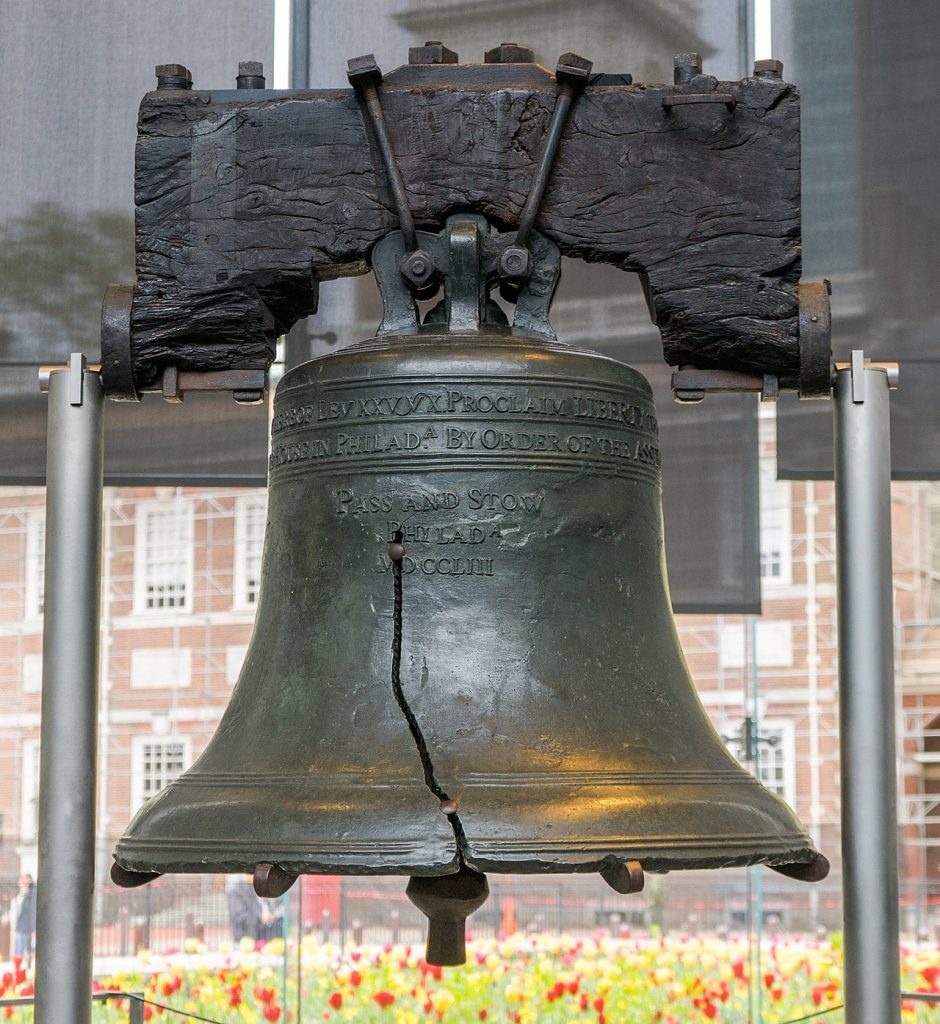
This particular bell was used at the Pennsylvania State House from 1753 onwards. It has a long and storied history – when it arrived from London, it was tested and the rim immediately broke, and the bell had to be melted down and recast in America. According to reports, the recast bell sounded terrible, and it had to be melted down again before it could be used.
Finally, it was mounted in the steeple and began being used. It had to be dismounted and hidden in Allentown, Pennsylvania from 1777 to 1778, when it was feared the British would capture Philadelphia and melt down the bell to make munitions.
According to legend, the Liberty Bell was rung during the first public reading of the Declaration of Independence on July 8, 1776.
In 1847, a story by George Lippard spread the word of the bell’s historical importance, and as the story spread, Pennsylvania’s bell eventually became known as the Liberty Bell. It is also around this time that the bell received its iconic crack, although it is unclear how the damage occurred.
The story has some historical inaccuracies – for example, it claimed that the bell was rung on July 4th, although no bells were rung on this date in Philadelphia. Although bells were rung on the 8th, some historians believe that the steeple was in poor condition around this time, and it would have been impossible for this bell to have been used on that day.
Despite this, the bell is still recognized as a symbol of American independence to this day. It is currently on display to the public at the Liberty Bell Center in Philadelphia.
The Liberty Tree
In the leadup to the American Revolution, an elm tree located in Boston, Massachusetts became an important symbol of rebellion for the colonists.
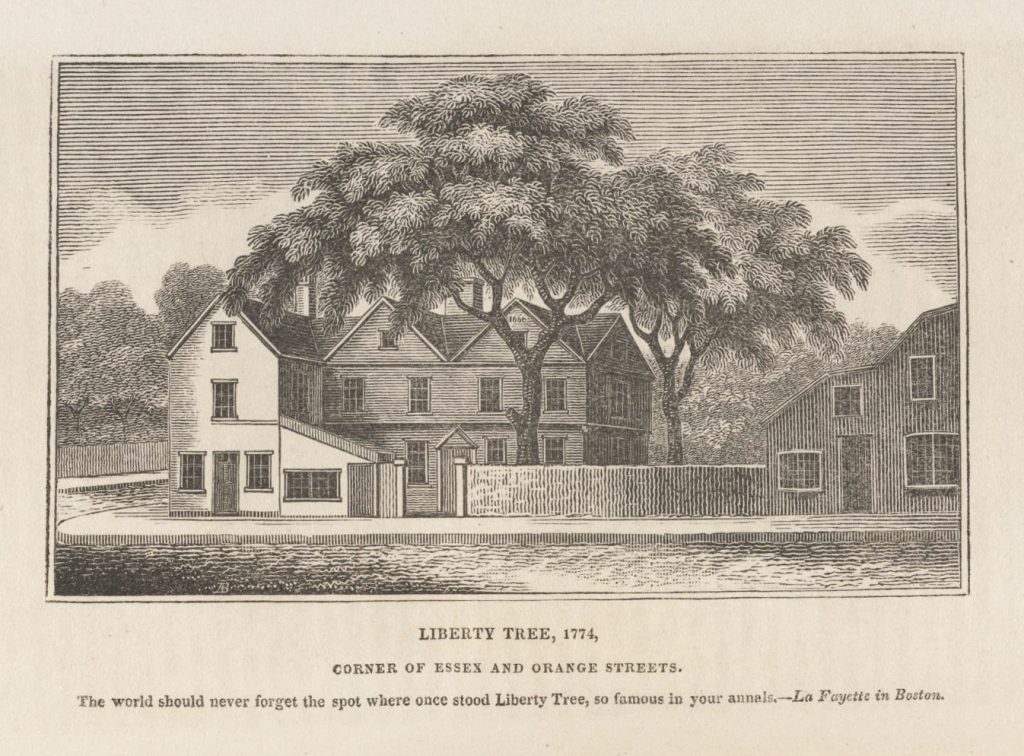
The tree was the site of the first resistance to the British on August 14 1765, when a group of protestors gathered there to demonstrate against the Stamp Act – a tax imposed on the colonists by the British. An effigy of Andrew Oliver, a Crown official responsible for implementing the Stamp Act, was hung from the tree by the protestors.
From this point on, the Liberty Tree became a focal point of resistance against British oppression. Meetings and demonstrations were held under the tree, including a mass celebration when the Stamp Act was repealed in 1766. The tree was also a common meeting point for the Sons of Liberty.
In August 1775, the British cut down the tree, which only made it a more powerful revolutionary symbol. The tree stump continued to be used as a meeting point, and the Liberty Pole, a flagpole designed to serve the same purpose as the tree, was erected after the British evacuated Boston in 1776.
The Stars and Stripes
The first iterations of the iconic Stars and Stripes flag can be traced to the time of the American Revolution.
Similar to the rattlesnake symbol, at the time, the different designs of the flag often focused on promoting colonial unity.
In 1777, the Second Continental Congress passed the Flag Resolution, which defined that the flag must represent the colonies using thirteen stars, “white in a blue field”, with thirteen alternating red and white stripes – both of which represent the Thirteen Colonies of the United States.
However, the act did not specify how the stars were to be arranged. This led to a number of different early versions of the Stars and Stripes, such as the Cowpens Flag, which was thought to have been flown during the Revolutionary War.
The Bald Eagle
Towards the end of the American Revolution, the Bald Eagle overtook the rattlesnake as the national animal of the United States.
In 1782, Congress adopted the Great Seal of the United States – an official emblem to be used on government documents and official proclamations. The obverse side of the emblem featured a bald eagle, cementing its place as the national bird of the United States.
The eagle symbolizes strength, independence, and freedom. In European heraldry, this bird was considered king of the skies, and had a close connection to the gods. It also represents courage, grace, and nobility.
On the seal, the bald eagle holds an olive branch in its right talon, representing peace, and a bundle of 13 arrows in its left talon, representing war. The eagle looks to its left (viewer’s right), representing a preference for peace.


